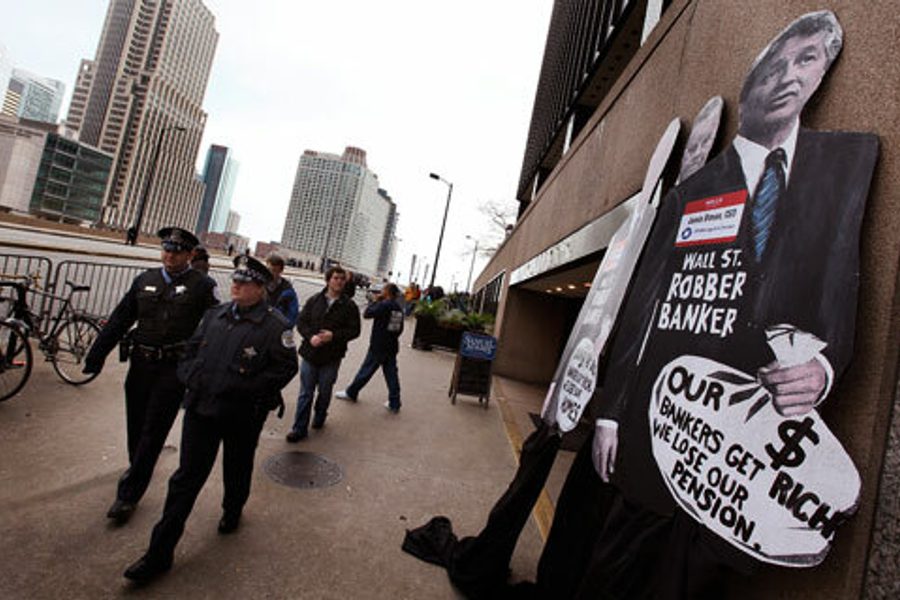
Is anybody shocked by this?:
For months, Wall Street banks and the troubled automakers feverishly protested that their top executives would flee if they were not lavishly rewarded for their talents. New data, however, suggests the departures were more of a trickle than a flood.
Of the 104 senior executives whose pay was set by the federal pay regulator in the last two years, 88 executives, or nearly 85 percent, are still with the companies even though their pay was drastically cut back, according to people briefed on the government data.
I suppose if the choice is to get paid more than 99 percent of the rest of the working people in this country versus trying to find a job at another place that might not be hiring (or does not exist because it collapsed due to greed and avarice), a lot of these executives made rationale decisions to struggle through earning salaries, bonuses and stock options that elude most people.
It’s important, though, that we understand the marketing hype around the false argument that somehow Wall Street firms that capped pay would suffer.
The way in which pay is set in the business world is roughly the following: a CEO or top executive hires a compensation consultant to make the argument that the CEO or top executive is underpaid or must be paid more so s/he stays with the firm because someone across the street is getting paid more. That recommendation is then approved by the hand-picked board of directors (who are paid meeting fees to sit in a room for a few hours four times a year – fees that can often dwarf what most Americans get paid to actually work a full-time job).
The same dynamic took place with the executive caps – modest as they were. The people running around claiming that Wall Street firms would be hurt were, and are, the same people whose own pay would be effected.
But, surprise, people stayed put after the pay caps were imposed.
Maybe we can learn a lesson here.
This post originally appeared at Working Life.






